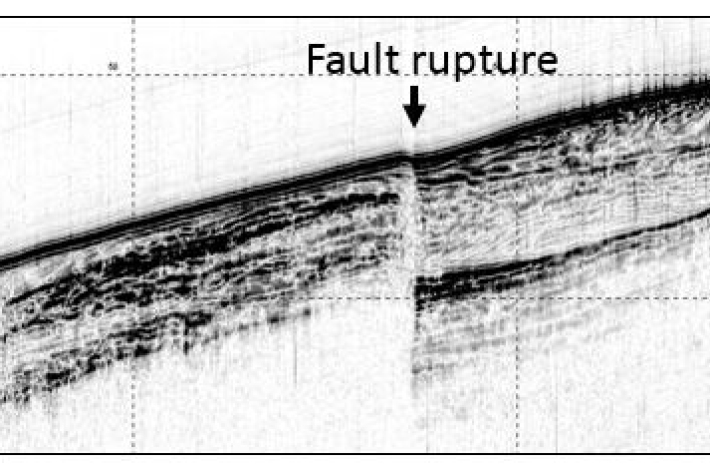-

Hotspot Watch for 8 December 2016
Hotspot08 December 2016A weekly update describing soil moisture anomalies across the country. -

NIWA's Hotspot Watch for 1 December 2016
Hotspot01 December 2016A weekly update for Thursday 1 December 2016 - describing soil moisture across the country to help assess whether severely to extremely dry conditions are occurring or imminent. -
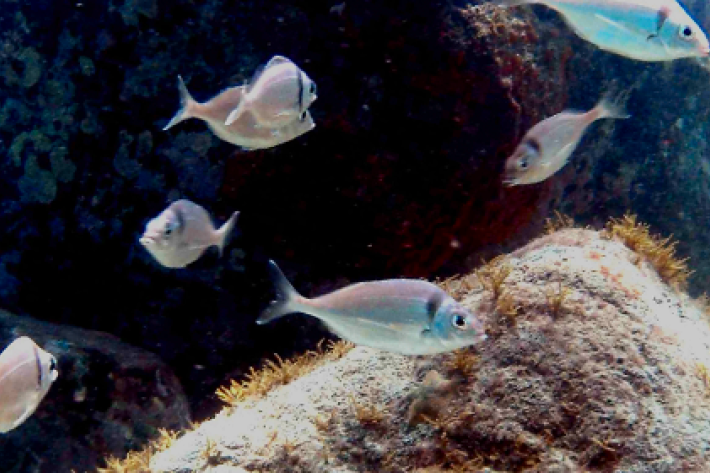
Public help sought for fish research
Media release29 November 2016NIWA scientists are asking for help from people who have had a long association with East Northland, Hauraki Gulf or Marlborough Sounds. -

NIWA's Hotspot Watch for 24 Nov 2016
Hotspot24 November 2016A weekly update describing soil moisture across the country to help assess whether severely to extremely dry conditions are occurring or imminent. -
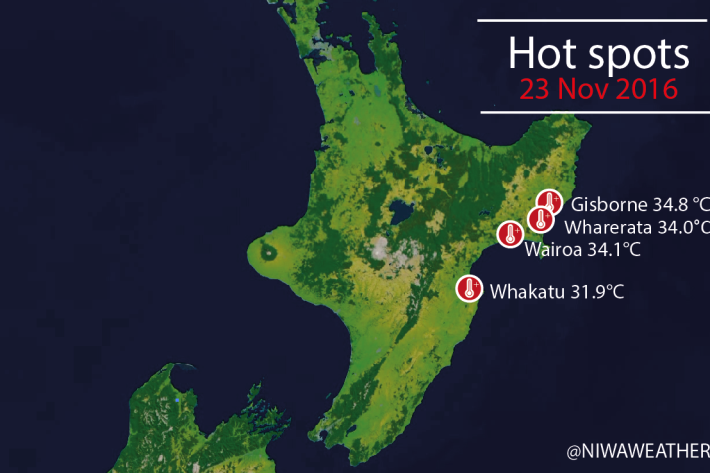
Hottest November temperature in 15 years
News article24 November 2016The hottest November temperature in New Zealand in at least the last 15 years occurred yesterday, when Gisborne reached a sizzling 34.8°C at 4.00 pm. -
Scientists detect huge fault rupture offshore from Kaikoura
News article22 November 2016Scientists surveying the seabed in areas affected by last week’s earthquake have confirmed a 34km rupture in the offshore continuation of the Kekerengu Fault, known as the Needles Fault. -

Hotspot Watch for 17 November 2016
Hotspot17 November 2016A weekly update describing soil moisture across the country to help assess whether severely to extremely dry conditions are occurring or imminent. -

Stamps show colourful side to Antarctica
News article16 November 2016A bright pink sea star and an orange sea spider are among the strange creatures of the Antarctic sea floor featured on new commemorative stamps. -
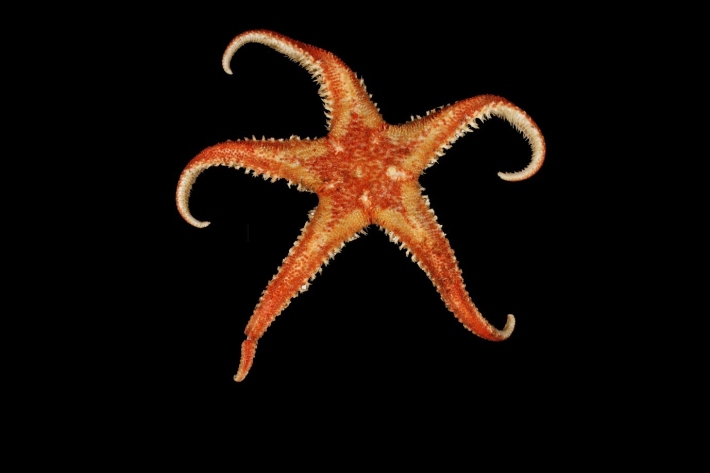
New e-guide on the common starfish of the Ross Sea region, Antarctica
News article16 November 2016The seafloor of the Ross Sea region is covered in ice for much of the year, but many benthic sea creatures live and thrive there. -

Running off the road
Feature story16 November 2016At a rough count, 700 million litres of rain runs off the nation’s roads every year. That’s enough water to fill almost 300 Olympic-sized pools. -
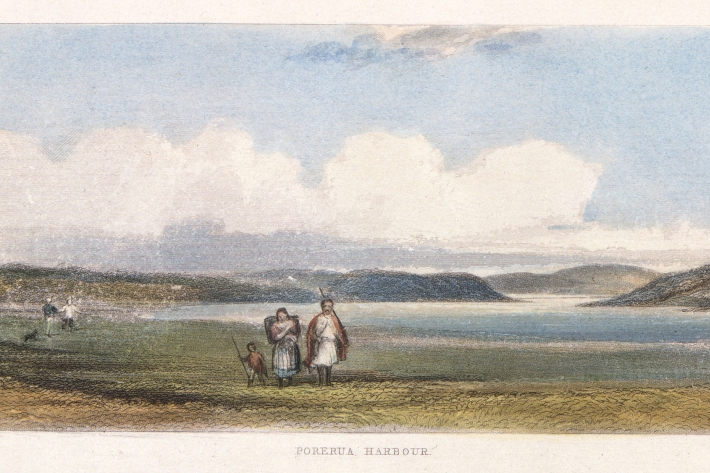
Warriors of the harbour: restoring estuarine health
Feature story15 November 2016Iwi has joined forces with councils and NIWA to restore an estuarine ecosystem to its former health. -
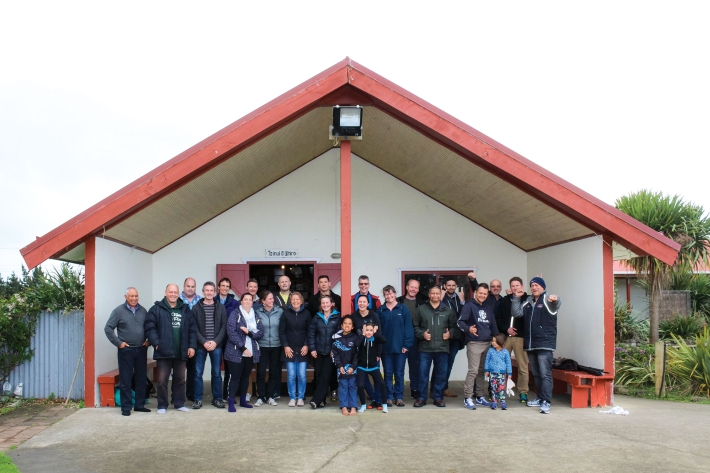
Partnering in research grows Māori economy
Feature story15 November 2016NIWA is working alongside Māori to develop gateways to science and technology partnerships that are helping grow the Māori economy.

